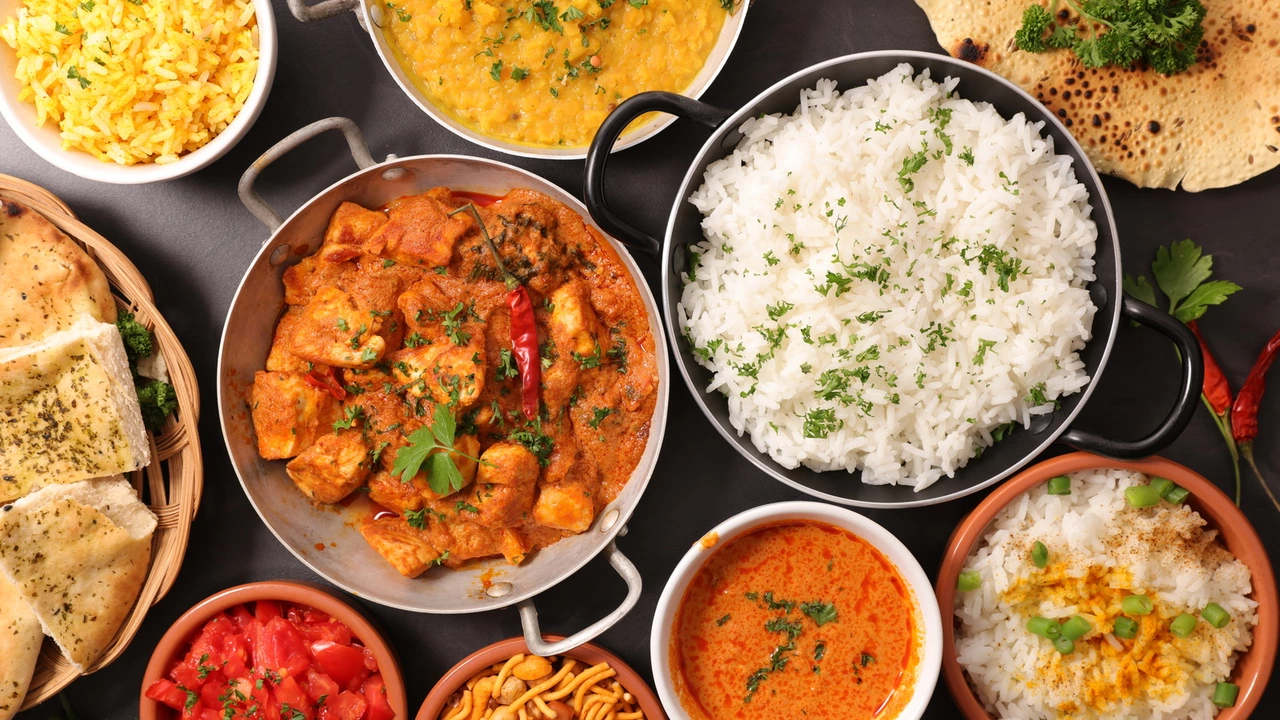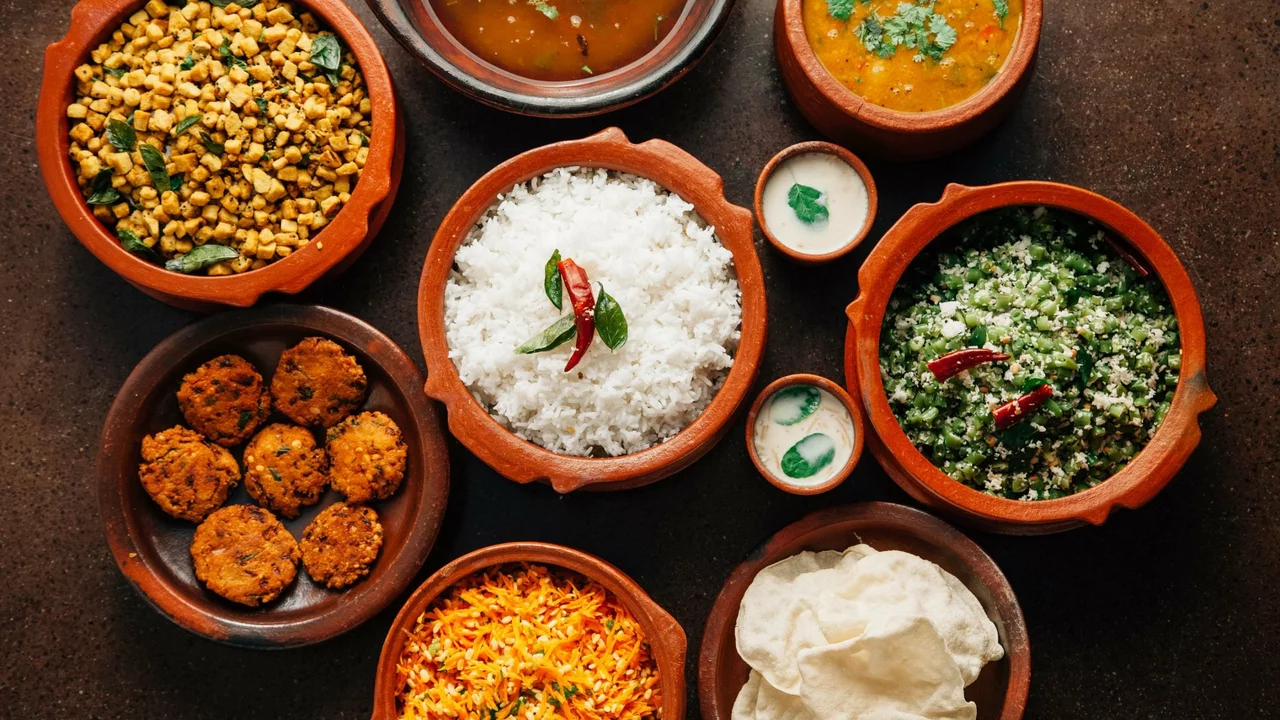Food & Cuisine Comparison: Indian, Pakistani and Western Flavors
Want to know how Indian, Pakistani and Western food stack up? You’re in the right place. This page breaks down real differences so you can pick what to try next or explain why your friend reaches for the curry while you want a burger.
At a glance: Indian food plays with layers of spices, tempered oils, and lots of vegetarian options. Pakistani food shares many spices with Indian cooking but leans more toward meat, slow-cooked gravies, and tandoor-style char. Western food (think European and American) tends to use simpler spice blends, more dairy and butter, and relies on roasting, grilling or baking for flavor.
How they differ
Spice and heat: Indian dishes often mix many spices into complex masalas. You’ll find bold heat but also balance from yogurt, coconut, or cream. Pakistani cooking uses similar spices but often concentrates on richer, meat-forward dishes like nihari or kebabs where slow cooking brings deep flavor.
Staples and textures: Rice, flatbreads (roti, naan), dals and chutneys dominate Indian meals. Pakistani plates feature rice and breads too, plus more braised meats. Western plates rotate between breads, potatoes, rice and pasta, with lots of roasted vegetables, soups and salads—textures tend to be simpler and more uniform.
Fats and technique: Indian cooks use ghee, mustard oil, and the technique of tempering to unlock aroma. Pakistani kitchens use ghee and tandoor for smoky notes. Western kitchens often rely on butter, olive oil and sauces like béchamel or pan jus for richness.
Flavor examples you can taste: try butter chicken or dosa for Indian range, biryani or chapli kebab to see Pakistani depth, and steak with roasted veg or a simple pasta to understand Western comfort and restraint.
How to choose what to try
Think about mood and tolerance for spice. Craving comfort and familiarity? Go Western—burgers, pasta, roast chicken. Want bold, layered flavors? Pick Indian—order dal, a curry and basmati rice to combine. Looking for rich meat dishes and smoky grills? Pakistani specialties like seekh kebab or nihari are good bets.
Eating with others? Share plates so everyone samples different things. At home, start small: try one simple curry or a marinated kebab recipe before tackling complex masalas. When eating out, ask for spice level and pair spicy dishes with cooling sides like raita or a lassi.
Health or diet matters: Indian cuisine offers many vegetarian and legume-based choices. Pakistani dishes can be higher in meat and fat—pick grilled or lean cuts. Western menus often give clear calorie and protein options, useful if you’re tracking macros.
At the end of the day, it’s taste, occasion and mood. Try a few signature dishes from each style and keep notes on what you liked. That’s the fastest way to build a personal favorite list—and to know exactly which cuisine to order next time the craving hits.
Which food tastes better Indian Or western?
Well, my friends, I've embarked on a culinary adventure that makes Indiana Jones' escapades look like a walk in the park! Between the savory spices of Indian cuisine and the hearty comfort of Western grub, it's like choosing between Batman and Superman. Each has a unique flair that tickles the taste buds in its own divine way. Indian food, with its intricate blend of spices and heat level that can make you feel like a fire-breathing dragon, is a feast for the senses. While Western food, it's like a comforting hug from grandma, familiar and wholesome. In the battle of the plates, it's a delicious draw, folks!
read moreIs it true that Pakistani food is better than Indian food?
In the debate of Pakistani food versus Indian food, it's crucial to remember that taste is subjective and varies from person to person. Both cuisines have their unique flavors and specialties, deeply rooted in their diverse cultures and traditions. While some may prefer the rich, meat-centered dishes of Pakistani cuisine, others may lean towards the vegetarian-friendly and spice-laden Indian food. It's not about which cuisine is better, but rather which one suits your personal taste buds better. Ultimately, both cuisines offer an array of delicious options that are worth exploring.
read more

